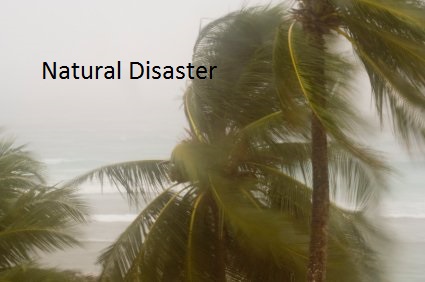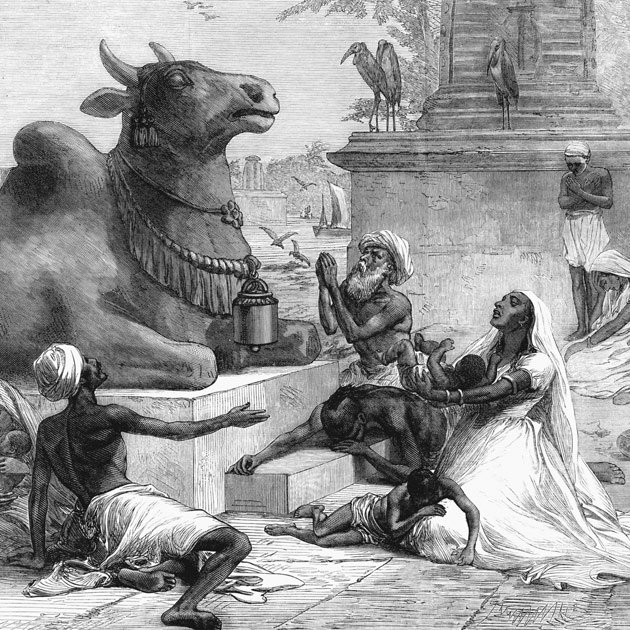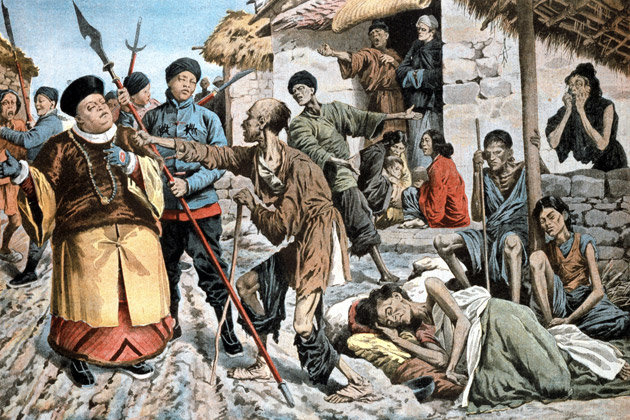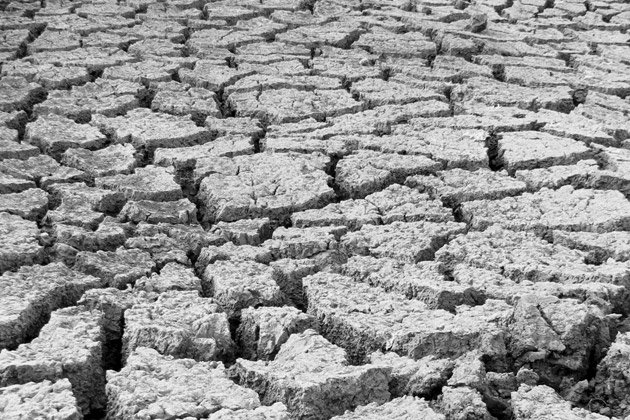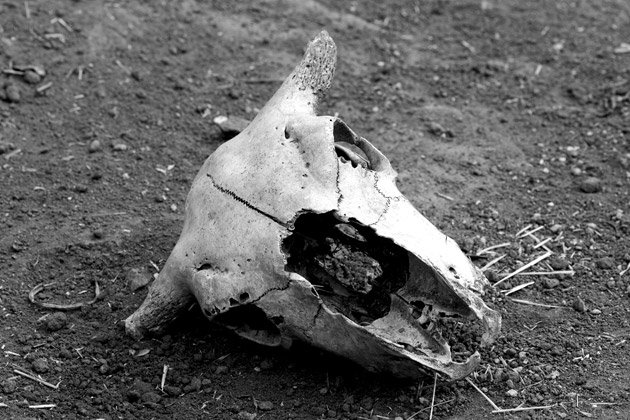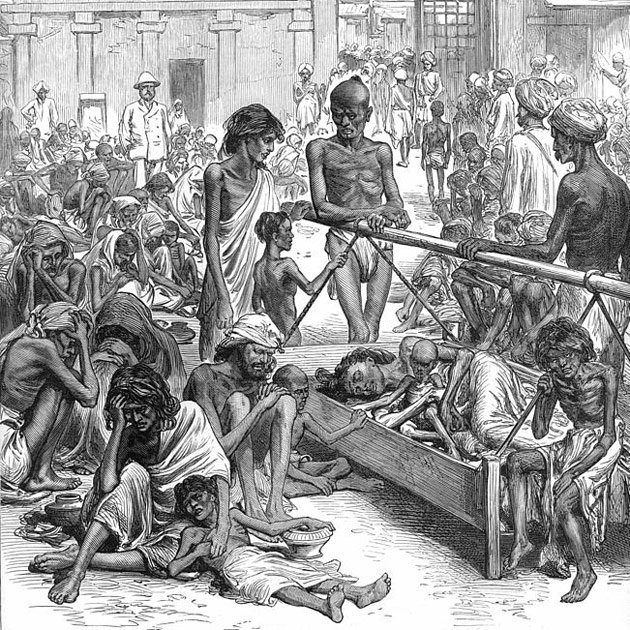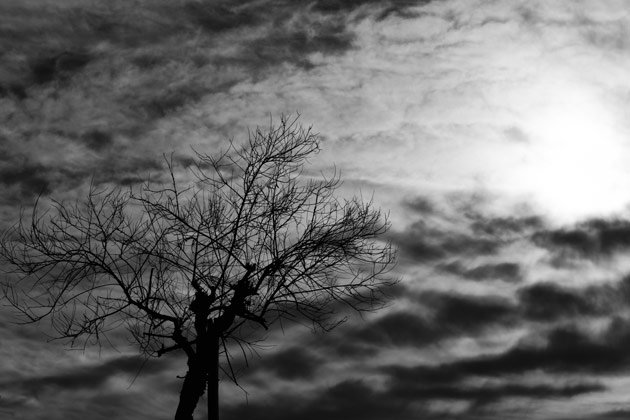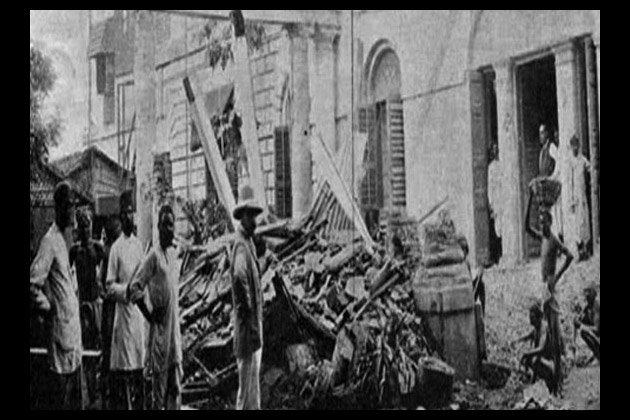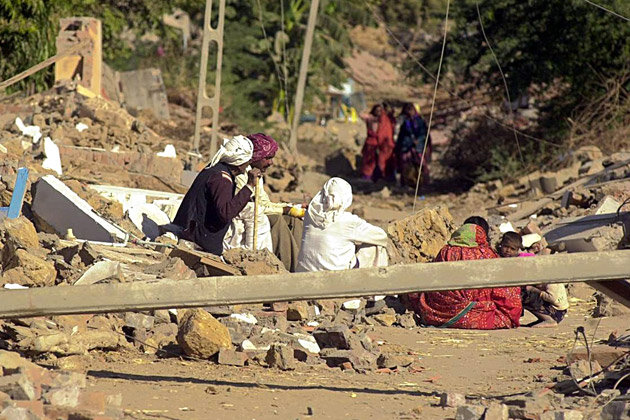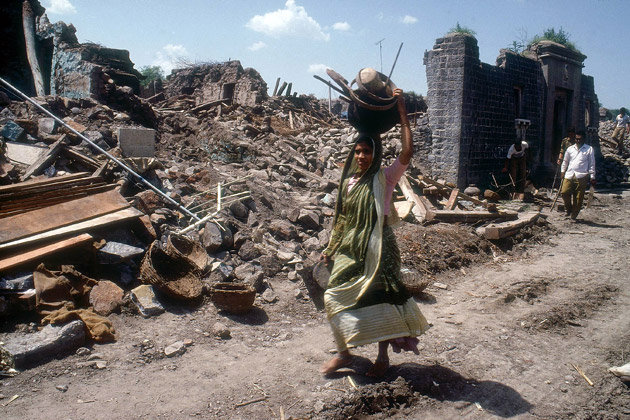Apart from Uttarakhand disaster,these disasters have had proved to be overwhelmingly intimidating for the country, and also pointed at its incompetence to tackle such catastrophes on a massive scale.
1.
The great famine of 1876-1878: The great famine of 1876-78, statistically, was the worst ever disaster in the Indian history. The famine took a toll on millions of lives in south India, affecting at least 5.8 crore people for a period of two years. Covering a total area of 670,000 square km, the famine caused distress to people mainly in south, south western India and later spread to the then central provinces (now Madhya Pradesh, Chhattisgarh and Maharashtra states) and also united provinces (now Uttar Pradesh and Uttarakhand). Historians estimate that at least 3 crore people were killed in the great famine.
2.
The third plague pandemic: The third and the last plague pandemic that the world witnessed originated in China’s Yunnan province in the 1850s. The outbreak in the neighbouring country didn’t have an immediate impact on India until it reached Hong Kong and Guangzhou. The world was better connected by the late nineteenth century which saw the disease making its way to India from Hong Kong through Bombay (now Mumbai). The country then saw another natural disaster under the British raj as about 1.2 crore succumbed to the plague pandemic over a period of three decades.
3.
Bengal famine of 1770: The state of Bengal was struck by a major catastrophe in the 18th century as a famine caused deaths of about 1 crore people (approximately one-third of the then state’s population) in the state. Bengal, a territory under the British East India Company, comprised of modern West Bengal, Bangladesh, and parts of Assam, Orissa, Bihar and Jharkhand. The famine caused distress in the territory between 1769 and 1773.
4.
Bengal famine of 1943: In 1943, a massive famine struck the state of Bengal, India’s rice-belt, killing at least 40 lakh people. Historians argue that though the disaster was caused by natural causes, there were man-made factors which played a bigger role. On January 9, 1943, a devastating cyclone hit the rice fields in the state, killing thousands. The subsequent outbreak of Helminthosporium oryzae fungus took further toll on the rice cultivation. The looming threat from the imperialist Japanese army that had captured the neighbouring Burmese state propelled the British raj to destroy all boats and rice stocks in coastal Bengal. This further led to mass scale starvation in the state.
5.
Deccan famine of 1632-33: A total of 20 lakh Indians died in the Deccan famine of 1632-33. One of the most severe famines to have affected the country in the Mughal era, the famine, according to the historians, was caused by the result of the three successive staple crop failures which led to starvation and diseases that were incurable then.
6.
1839 Coringa cyclone: The ancient city of Coringa in the present day Andhra Pradesh was famous for ship building and repairing. A disastrous cyclone, on November 25, 1839, destroyed the entire city, killing at least 3.2 lakh people. According to statistics, at least 25,000 ships and vessels in the harbour city were ruined by the monstrous storm.
7.
1737 Calcutta cyclone: A natural disaster that struck Calcutta on October 7, 1737 left 3 lakh people dead. The nature of the disaster and the number of dead in the city has been debated since then. Though popular belief in Europe at that time was that the tragedy happened due to an earthquake, Thomas Joshua Moore, the then duties collector of the city for the East India Company claimed that only 3,000 of the city’s people were killed by a storm and flood.
8.
2001 Gujarat earthquake: A powerful earthquake, measuring 7.9 on the Richter scale hit the Gujarat state on January 26, 2001 killing at least 30,000 people. According to statistics, 6,356 houses in Bhuj alone – the epicentre of the quake – were destroyed by the disaster.
9.
2004 Indian Ocean Tsunami: A destructive Tsunami in the Indian Ocean in 2004, triggered by a powerful earthquake – measuring 9.0 on the Richter scale – caught the attention of the world as it killed more than 10,000 people in India alone. Perhaps the most powerful Tsunami in history, the disaster severely affected 150,000 people in 11 countries. Experts say the Tsunami was so powerful that its impact can be equated to the energy of 23,000 Hiroshima-type atomic bombs
10.
1993 Latur earthquake: The Latur earthquake in 1993 was one of the most devastating ones in modern India. Measuring 6.4 on Richter scale, the disaster killed more than 20,000 people. The Latur district was brutally hit by three aftershocks on the same day which damaged more than 2 lakh houses in 13 neighbouring districts. Nearly 1, 27,000 families were affected by the tragedy in Maharashtra.

